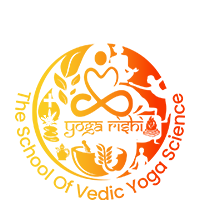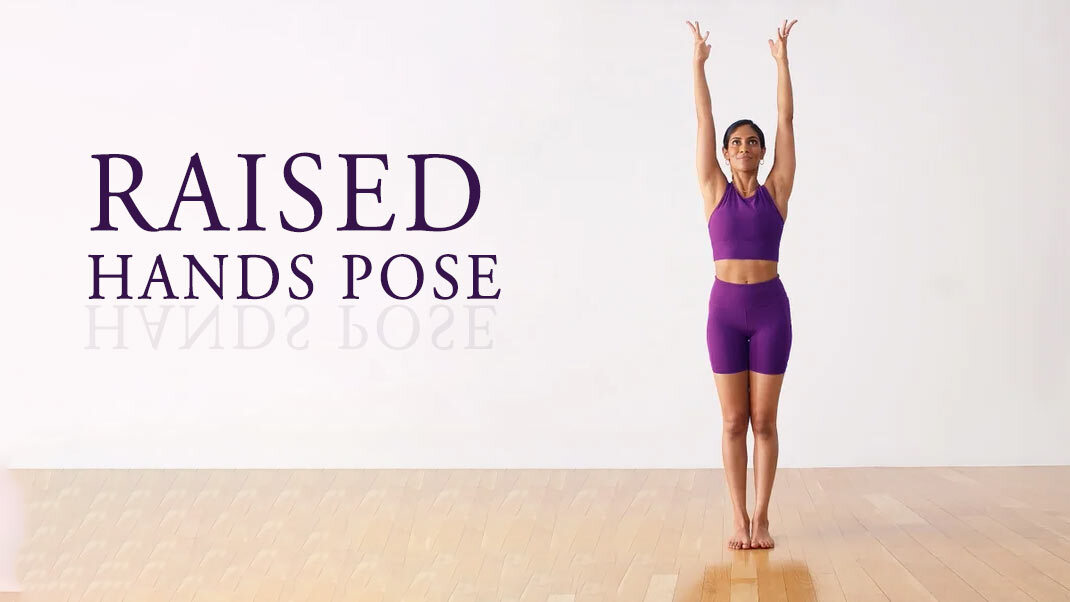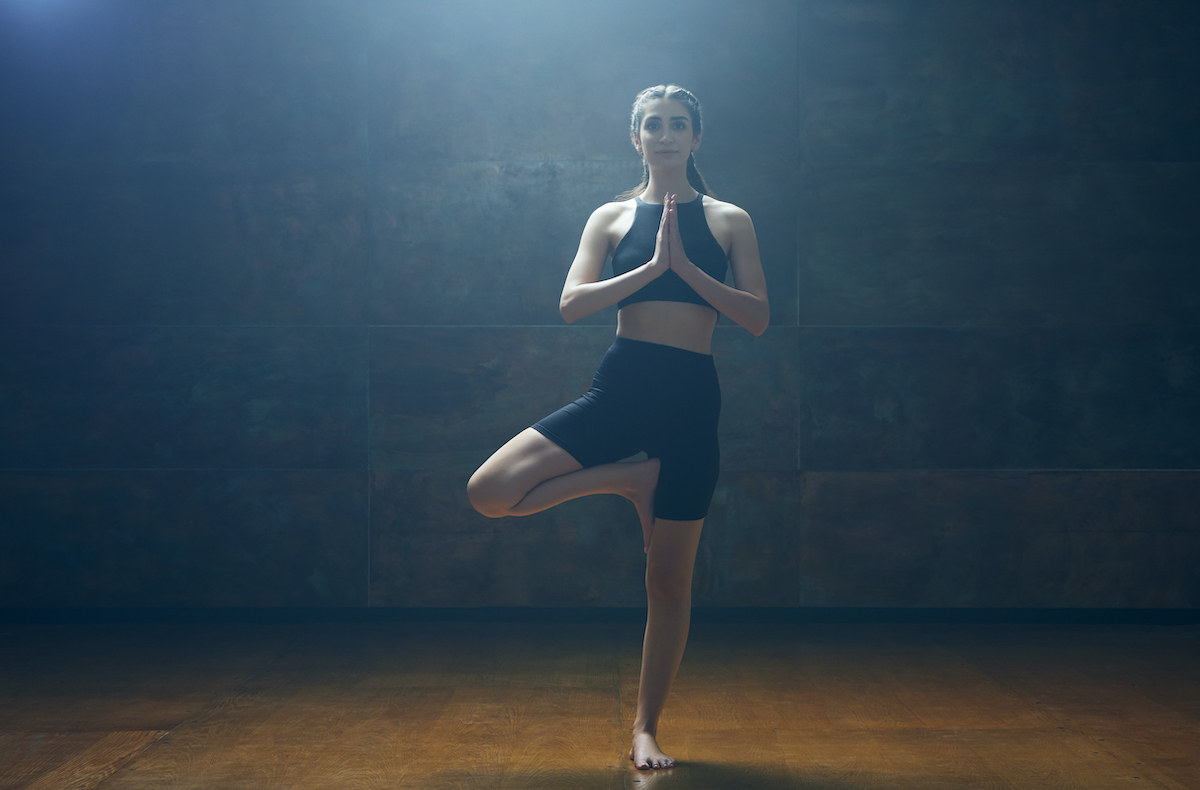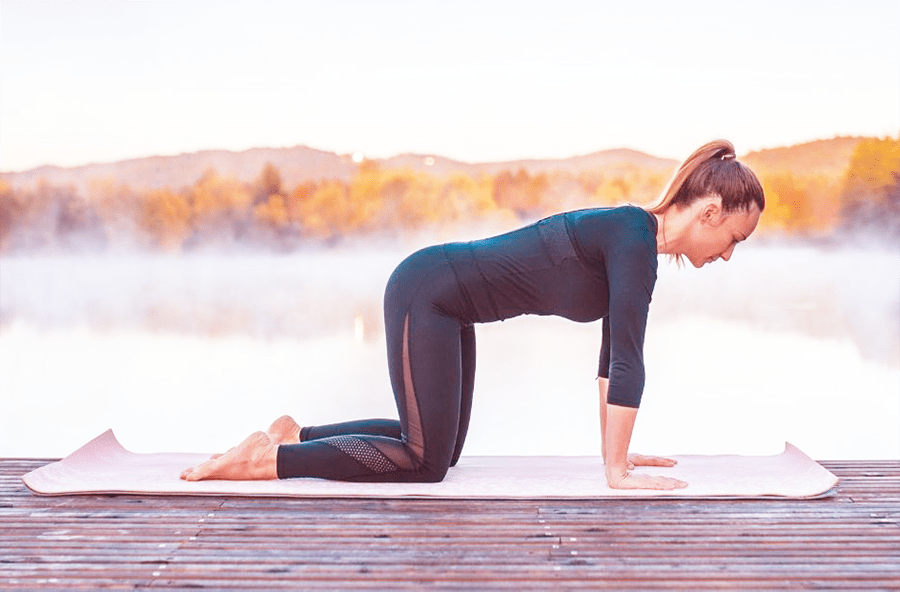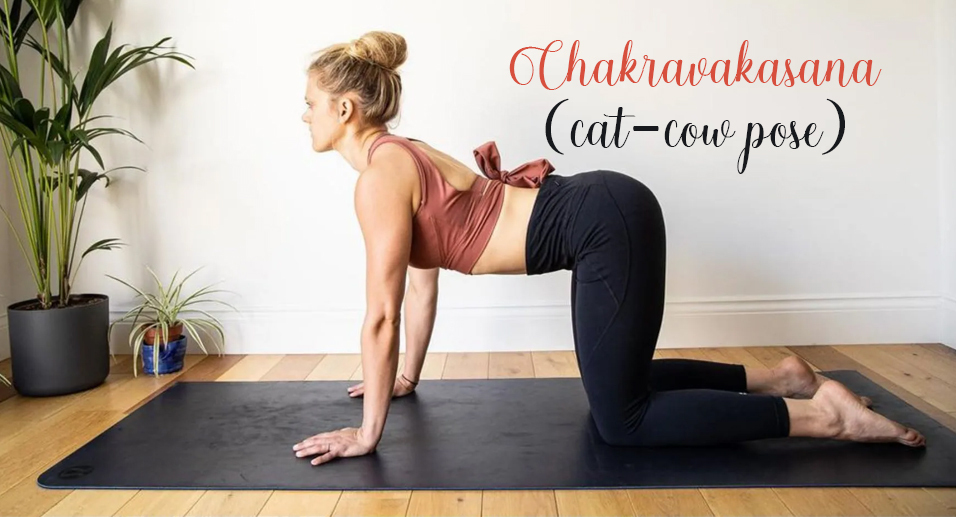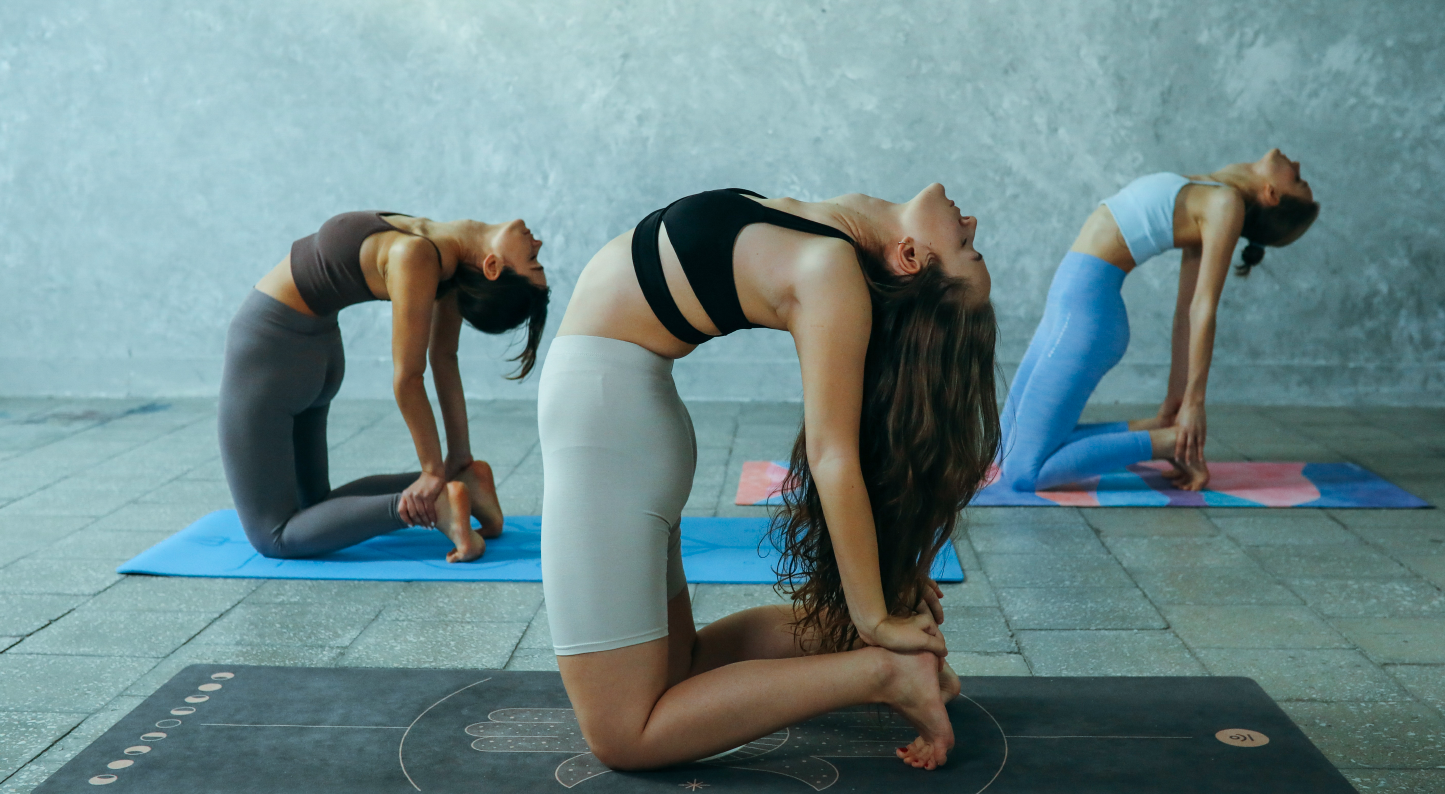
Elevate Your Practice: Discovering the Magic of Vinyasa Yoga
What is Vinyasa Yoga?
Vinyasa yoga is also known by the name ‘Flow yoga.’ This yoga is the opposite of Hatha yoga and has the characteristics of Ashtanga yoga. In Hatha yoga various movements are performed at a slower pace and rest is taken between the poses, while in Vinyasa yoga the movements are done at a faster speed.
And if we see Vinyasa yoga from the angle of Ashtanga yoga, then we find that in both yoga types, a series of poses are performed with speed. But the difference is that in Ashtanga yoga the same series of poses are repeated daily in the same sequence, but in Vinyasa yoga it is not necessary to perform the poses in the same sequence daily. So, in simple terms, Vinyasa yoga is freestyle Ashtanga yoga
In modern times, it has become a part of Power yoga as well as fluency and power are needed to perform it. Vinyasa yoga is gaining popularity with time.
In this yoga, you have to perform various poses and you have to move from one pose to another seamlessly with a flow or in rhythm. You enter a pose, stay in it for a while, and then move on to the next pose.
Origin of Vinyasa Yoga:
The roots of Vinyasa Yoga belong to 200 BC. But it was evolved from Ashtanga yoga by Sri T. Krishnamacharya. He was a yogi and was born in 1888. He kept practicing Vinyasa Yoga till his death in 1989.
As per his student, Srivatsa Ramaswami, the word ‘Vinyasa’ is a Sanskrit word and is made up of two words ‘Vi’, which means ‘Variation,’ and ‘nyasa’, which means ‘within prescribed parameters.’ So, Vinyasa yoga means you can do variations in poses but within set parameters.
Apart from Srivatsa Ramaswami, other best students of Sri T. Krishnamacharya were BKS Iyengar, Pattabhi Jois, and TKV Desikachar, who took the responsibility of making his yoga popular and they did it quite successfully.
Features of Vinyasa Yoga:
Vinyasa yoga possesses these features:
- One pose is connected to the next one using breath.
- The transition part, that is the movement between one pose and the next one, should be performed with grace.
- You need to maintain balance while transitioning from one pose to another.
- You must remain synonymous with each body movement.
- You need to move according to your breath and each movement is initiated by breath.
- This yoga generates a lot of heat in the body and can increase your heart rate.
- It is possible that the breathing may become deeper and more strained due to a high level of physical activity, but try to keep it regular and only through the nose.
- The sequence of poses changes on a daily basis.
- As concentration on breathing forms the base of this yoga, it is also called ‘Moving Meditation.’
Vinyasa Yoga Asanas:
Various asanas are performed under Vinyasa yoga. If they are done correctly and systematically, then they can transform your body beautifully.
The specific poses performed in a Vinyasa yoga class can vary depending on the teacher and the level of the class, but there are some common poses that are often included in Vinyasa yoga sequences. They can be modified by the teacher to suit the needs and abilities of individual students.
Some poses of Vinyasa yoga are mentioned here. They are needed to be performed in a flow to form Vinyasa flow:
- ‘Cat-Cow’ Sequence: It is a gentle flow between two poses, cat and cow, that warms the body and make the spine flexible and strong.
- Sun Salutation: A sequence of yoga poses to warm up the spine and improve the body’s energy.
- Planks: They improve body alignment, build abdominal muscles, relieve strain, and help in avoiding illness.
- Chaturanga: It strengthens the muscles residing in the arms, shoulders, abdomen, and back areas.
- Warrior Poses: It is a group of powerful yoga poses that build strength, flexibility, and balance in the body.
- Triangle Asana: It relieves stiffness and improves flexibility of the legs, especially the back muscles of the thigh called hamstrings.
Importance of Breathing in Vinyasa Yoga:
In Vinyasa yoga, breathing is extremely important in getting the results you want. You should have full control over your breath. You have to sync every movement with a breath. Even while moving from one pose to another, the breathing needs to be synchronized.
Benefits Offered by Vinyasa Yoga:
Once you become good at performing it, you will see vinyasa yoga benefits in your body. This kind of yoga gives you the following benefits:
- It makes your body toxin-free as the body goes through lots of sweating.
- It helps you to lose weight so it is a blessing for people who suffer from overweight issues.
- It improves blood circulation in the body thus it prevents the problems of blood clotting.
- As heat is produced while doing this yoga, the muscles are stretched and the body starts to gain flexibility.
- It improves muscle strength and reduces muscle strain or pain.
- It helps ease an injury to the muscles or ligaments.
- It helps to develop a more balanced body.
- As you need to concentrate on breathing, it helps to reduce stress and calms your mind.
- It improves the central nervous system of the body.
- It improves heart health.
- It helps to keep you active, energetic, and cheerful.
- It reduces the risk of high blood pressure.
- It helps in lowering blood sugar and cholesterol levels.
- It makes you an emotionally positive person by removing negativity.
- It improves your focusing ability and concentration power.
Is Vinyasa Yoga Meant for You?
If you are looking for such yoga which is very dynamic in nature and is different from the monotonous form, then Vinyasa Yoga is the right choice for you. You will not get bored by doing it as you will follow different sequences of poses daily. Vinyasa yoga is tough for beginners as it requires strength, balance, and flexibility, but with practice, it becomes easier.
Conclusion:
In essence, Vinyasa yoga teaches us the very basic nature of life that our every action is a step taken to move towards something which is sacred or which is most important for us.

